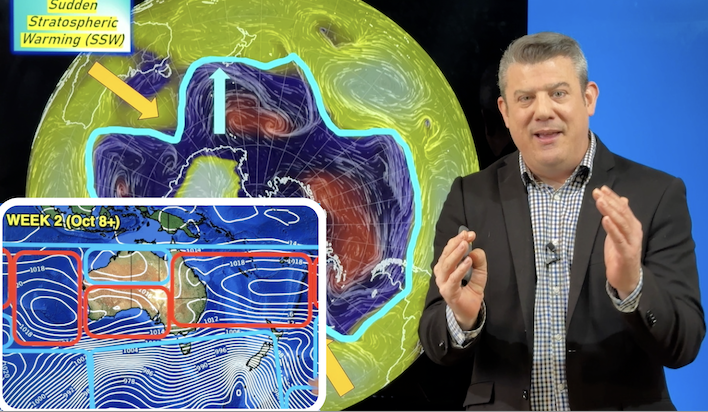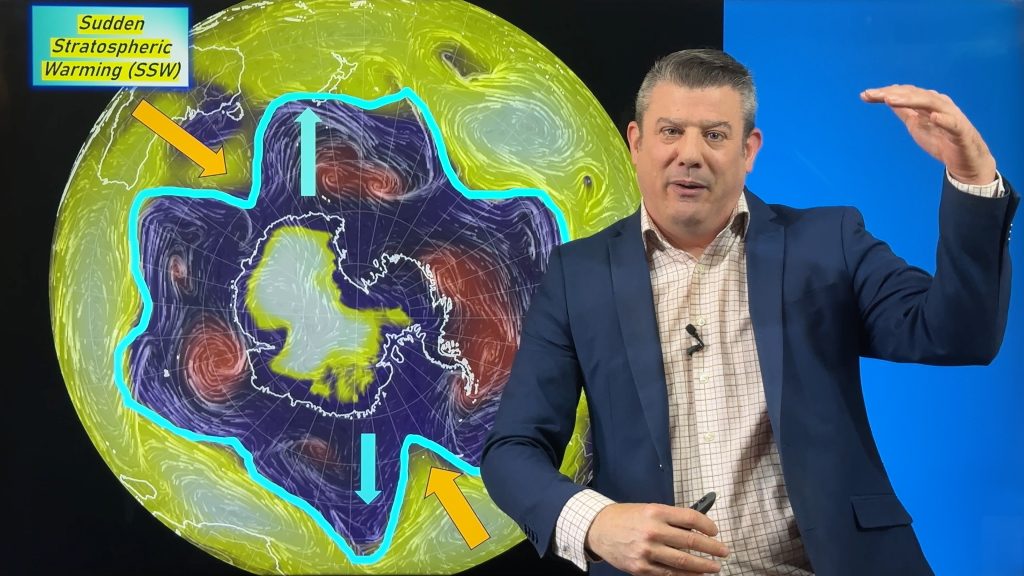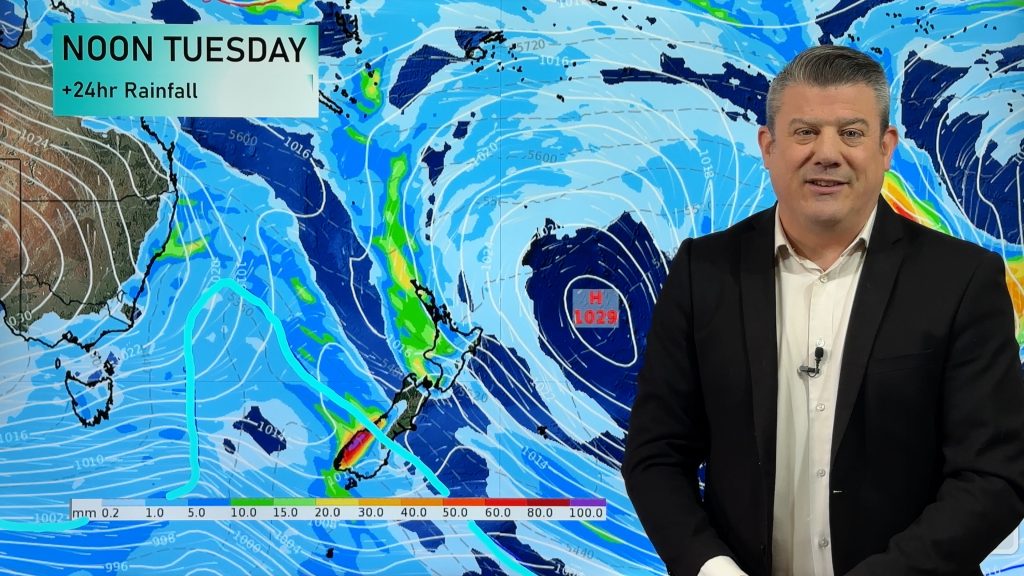Your web browser (Internet Explorer) is out of date. Some things will not look right and things might not work properly. Please download an up-to-date and free browser from here.
3:20am, 22nd October
Home > News > 7.8 magnitude quake slams Nepal; hundred...
7.8 magnitude quake slams Nepal; hundreds dead, authorities say (Photos; video)
25/04/2015 6:41pm

> From the WeatherWatch archives
Updated 6:41am — A 7.8 magnitude earthquake centered less than 50 miles from Kathmandu rocked Nepal with devastating force Saturday, toppling homes, temples and historic buildings and leaving at least 1,457 people dead, authorities said.
In news just in at 6:30am, CNN was reporting 13 had also died at Mt Everest Base Camp after avalanches in wake of the earthquake.
Meanwhile in Kathmandu, whole streets and squares in the nation’s capital and largest city were covered in rubble. The injured wound up being treated outside hospitals in chaotic scenes. Residents, terrorized by a seemingly endless series of aftershocks, huddled outdoors for safety.
The death toll was reported by Nepal’s Ministry of Home Affairs. But given that the rescue effort is still in its early stages and that people in outlying areas may well have been affected, as well, it seems probable the number will rise.
In neighboring Tibet, roads buckled, buildings collapsed and at least 12 people were killed, China’s state media reported, citing local authorities.

Separately, at least four Chinese citizens in Nepal — two workers with a Chinese company, a tourist and a mountaineer — have been killed, state media reported, citing the Chinese Embassy in Kathmandu.
Kathmandu, which sits in a valley surrounded by the Himalayas, has a population of about 1 million.
Thomas Nybo, a freelance photographer, was sitting in a coffee shop in Kathmandu’s Temal district when the massive temblor struck. It appeared to be a minor tremor at first but gradually gained intensity, he told CNN. Thousands poured onto the streets of Temal, a densely populated tourist hub.
Over 6.6 mil people are in the area affected by #Nepalquake. Widespread damage & destruction of infrastructure feared pic.twitter.com/XNibOvHE3x
— UN OCHA Asia Pacific (@OCHAAsiaPac) April 25, 2015
“This region is no stranger to earthquakes,” he said. “A lot of people had the same feeling: this is a tremor, it passed. When that wasn’t the case, they were in uncharted territory… It’s basically an unwritten book.”
Nepal has had only four earthquakes of 6.0 magnitude or higher in last 100 years. An 8.0-magnitude temblor in 1934 killed more than 10,000 people.
Outside the coffee shop in Temal, Nybo said he saw a group of women gather near what had been a six-story building. One woman said children were trapped beneath rubble.
“We ran over and ran around the rubble and couldn’t hear anything,” he said. “There was no chance that they survived.”
Nearby, another building had come down on an area where locals went to do laundry and collect water, Nybo said. A voice was heard coming from the rubble.
“A group of mainly tourists started gathering rocks, hammers and pickaxes and breaking through a re-enforced concrete wall to reach this guy… It took about two hours of smashing through wall and cutting rebar with a hacksaw to pull him out alive.”
Everest base camp huge earthquaqe then huge avalanche from pumori.Running for life from my tent. Unhurt. Many many people up the mountain.
— Alex Gavan (@AlexGAVAN) April 25, 2015
Two bodies were found near the spot where the man was rescued, Nybo said. Not far away, the bodies of three or four women were uncovered.
“Who knows how many other bodies lie beneath the rubble?” he said.
Nybo said soldiers did not appear on the streets until about two hours after the quake.
“It’s really hard to get a sense of any kind of emergency response,” he said.
The streets of Kathmandu were packed with thousands of locals and tourists who refuse to go back to their homes or hotels because of recurring aftershocks.
Chitra Thata, 48, a CNN security guard in Atlanta, said he spoke by telephone with relatives in Kathmandu and Pokhara, a city about 200 kilometers (125 miles) west of the capital. They were fine and were staying on streets.
“Everybody’s in shock,” he said. “They never felt an earthquake that big.”
He said his brother in law was helping in the search for survivors.
Aid agencies expressed concern for the welfare of survivors in the coming days, as overnight temperatures are expected to drop and people will need to make do without electricity, running water and shelter.
The international community must react quickly to save lives — particularly those of children — said Devendra Tak, of the aid agency Save the Children.
“With every minute the situation becomes worse,” he said. “Tonight is going to be a very tough night out there for people in Kathmandu and for people in the surrounding villages.”
Food, clothing and medicine will be urgently required, he said.
Those who will be spending the night outside have already endured a day that has been difficult beyond belief. People who experienced the quake spoke by telephone with CNN, describing scenes of chaos, fear and suffering.
CNN’s Manesh Shrestha said he saw five bodies at a hospital to which he walked to seek treatment for his own injuries. People with severe injuries were lying outside, with doctors administering CPR to at least one of them, Shrestha said.
People clear rubble in Kathmandu's Basantapur Durbar Square on Saturday, April 25, after a 7.8 magnitude earthquake centered less than 50 miles from Nepal's capital left widespread destruction and death. Hundreds have been killed.
“It’s quite chaotic,” he said by phone. “People are wailing, crying.”
Shrestha, who had been cut and was in need of stitches, was turned away because other people had more dire need of care. He saw people lying outside with broken bones and head injuries.
Not far away avalanches triggered by the quake thundered down Mount Everest, sending mountaineers running for cover.
“Everest base camp huge earthquake then huge avalanche from pumori,” Twitter user Alex Gavan said. “Running for life from my tent. Unhurt. Many many people up the mountain.”
The quake struck at 11:56 a.m. local time (2:11 a.m. ET), occurred at a depth of 9.3 miles, which is considered shallow and more damaging than a deeper quake. It was reported by people in the area as having lasted a long time. On person said he felt as if he were on a ship in rough seas.
The U.S. Geological Survey had at first measured the strength at 7.5 magnitude but later upgraded it. A strong aftershock of 6.6 magnitude was recorded a little more than a half-hour afterward, along with at least 15 aftershocks of magnitude 4.5 or greater, the USGS reported.
One witness told CNN by phone that people had gathered outdoors in fear. Another said via Facebook that people were listening for news on their car radios.
“We are scared and waiting for the tremors to end,” Shiwani Neupane said on Facebook chat from Kathmandu. “We are all sitting outside because there is more news of another quake.
“There is no power and families are listening to the FM radio inside their cars,” Neupane said. “News of multiple building collapses. I’ve seen many cracked walls and roads and buildings. The (Dharahara, a landmark tower in Kathmandu) was packed with people a while ago. There are police everywhere trying to move rubble to make space on the roads for ambulances. Everyone is very scared.”
“Everywhere there are people on the streets, people crying, people stuck in rubble.” http://t.co/ztSU9aA4L4 pic.twitter.com/psIwkIzxBf
— The New York Times (@nytimes) April 25, 2015
People experienced quake as ‘severe’ to ‘violent’
The force of the quake was said by people who contacted the USGS to be from “severe” to “violent,” nearly the highest rating on the intensity scale. Tremors were felt as far as New Delhi, more than 200 miles away in neighboring India. An official said they were felt there at magnitude 5.0.
The shaking was rated as “strong” to “severe” on the USGS ShakeMap. CNN sister network CNN-IBN reported that roads in the area were out.
Kanak Masni, a journalist in Kathmandu, told CNN by phone that Dharahara — also known as the Bhimsen Tower — had tumbled down. The building, built in 1832, was more than 60 meters (200 feet) tall and provided visitors with a panoramic view of of the Kathmandu Valley.
Masni told CNN by telephone that this appeared to be “the most massive earthquake to hit central Nepal since 1934.” In that quake, which was 8.1 magnitude and centered near Mount Everest, more than 10,000 people were killed.
IBN reporter K. Dhiksit looked out his window in Kathmandu and saw the collapsed walls of many buildings. As he watched, an aftershock rattled the street. He heard “big booming sounds,” he said, and saw people fleeing into the streets.
Photos of caved-in and toppled buildings appeared on social media.
India’s Prime Minister Narendra Modi said in a tweet, “We are in the process of finding more information and are working to reach out to those affected, both at home & in Nepal.”
– CNN
Comments
Before you add a new comment, take note this story was published on 25 Apr 2015.
Latest Video
VIDEO: Your updated Labour Weekend forecast
We have the latest on the long weekend weather – and the build up to the weekend – as significant…
Related Articles
ClimateWatch: OCTOBER – heading into peak spring weather, windy westerlies dominate
NZ – Australia – South Pacific — A fairly text-book spring pattern continues in the Southern Hemisphere as a Sudden…
NZ VIDEO: Spring changes plus we explain the Sudden Stratospheric Warming (SSW)
Cold fronts, subtropical winds, Australian airflows, polar air, highs and lows – that shapes up NZ’s next 7 days as…
NZ: Windy westerlies won’t quit – and who gets the rain this week
Rain will cross the North Island over the next two days as the next cold front also approaches the South…
Navigation
© 2025 WeatherWatch Services Ltd






Add new comment